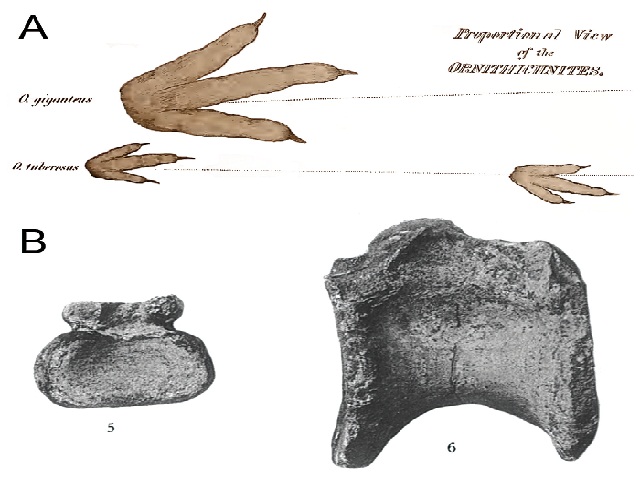Erratum on “an Overview of Non-avian Theropod Discoveries and Classification
Keywords:
Theropoda, Discovery, DilophosauridaeAbstract
In their recent publication on an overview of theropod discoveries and classification, Hendrickx and colleagues mistakenly attributed the earliest historical reports of nonavian theropods in North America and South America to Joseph Leidy in 1856 and Florentino Ameghino in 1899, respectively. Yet, theropod tracks from Massachusetts had already been reported by Hitchcock in 1836, and isolated theropod centra from Patagonia were described by Lydekker in 1893. We here provide additional information on the earliest theropod discoveries in Asia, America and Oceania. We also credit Thomas Holtz as being the first author to give a phylogenetic definition for the clade Dilophosauridae, and correct the phylogenetic definitions of the clades Allosauroidea and Megalosauria.





